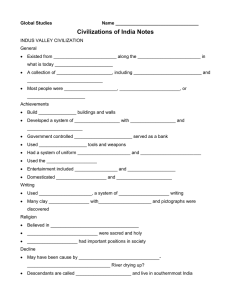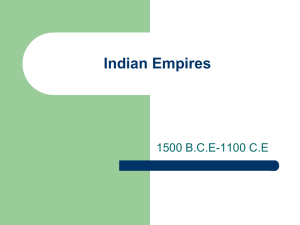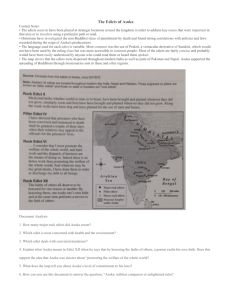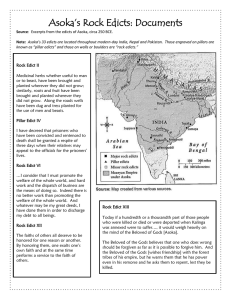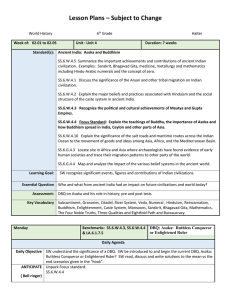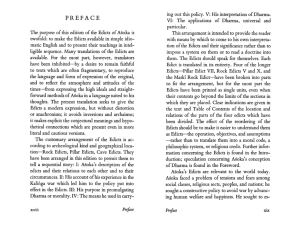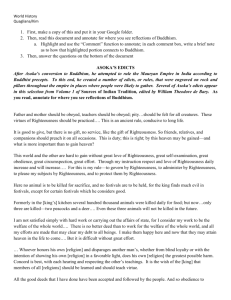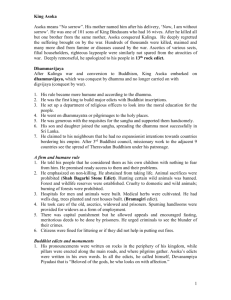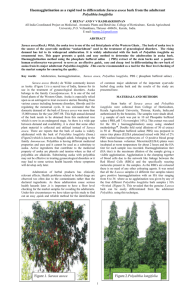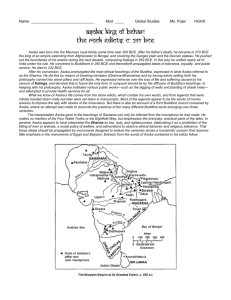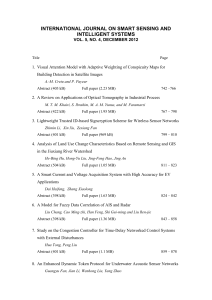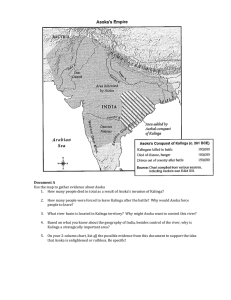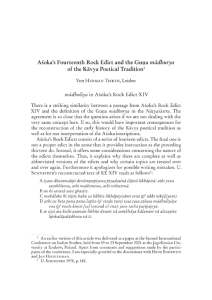Geo 300 TA
advertisement
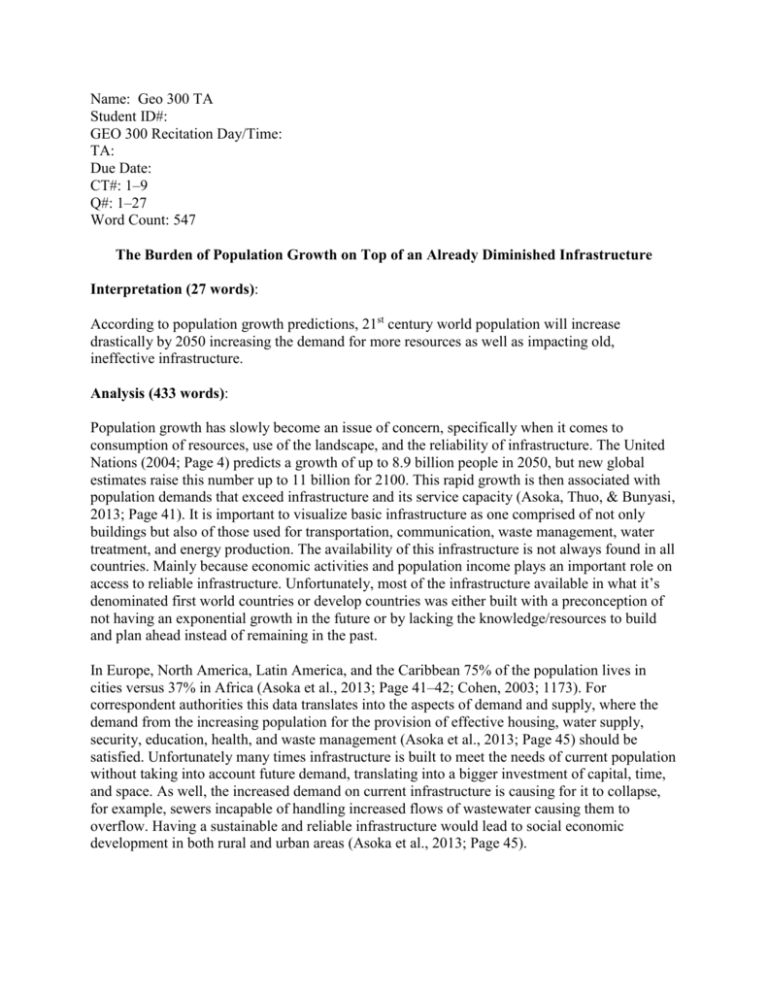
Name: Geo 300 TA Student ID#: GEO 300 Recitation Day/Time: TA: Due Date: CT#: 1–9 Q#: 1–27 Word Count: 547 The Burden of Population Growth on Top of an Already Diminished Infrastructure Interpretation (27 words): According to population growth predictions, 21st century world population will increase drastically by 2050 increasing the demand for more resources as well as impacting old, ineffective infrastructure. Analysis (433 words): Population growth has slowly become an issue of concern, specifically when it comes to consumption of resources, use of the landscape, and the reliability of infrastructure. The United Nations (2004; Page 4) predicts a growth of up to 8.9 billion people in 2050, but new global estimates raise this number up to 11 billion for 2100. This rapid growth is then associated with population demands that exceed infrastructure and its service capacity (Asoka, Thuo, & Bunyasi, 2013; Page 41). It is important to visualize basic infrastructure as one comprised of not only buildings but also of those used for transportation, communication, waste management, water treatment, and energy production. The availability of this infrastructure is not always found in all countries. Mainly because economic activities and population income plays an important role on access to reliable infrastructure. Unfortunately, most of the infrastructure available in what it’s denominated first world countries or develop countries was either built with a preconception of not having an exponential growth in the future or by lacking the knowledge/resources to build and plan ahead instead of remaining in the past. In Europe, North America, Latin America, and the Caribbean 75% of the population lives in cities versus 37% in Africa (Asoka et al., 2013; Page 41–42; Cohen, 2003; 1173). For correspondent authorities this data translates into the aspects of demand and supply, where the demand from the increasing population for the provision of effective housing, water supply, security, education, health, and waste management (Asoka et al., 2013; Page 45) should be satisfied. Unfortunately many times infrastructure is built to meet the needs of current population without taking into account future demand, translating into a bigger investment of capital, time, and space. As well, the increased demand on current infrastructure is causing for it to collapse, for example, sewers incapable of handling increased flows of wastewater causing them to overflow. Having a sustainable and reliable infrastructure would lead to social economic development in both rural and urban areas (Asoka et al., 2013; Page 45). Finally, the most important aspect that influences or controls the capacity for construction and maintenance of infrastructure is money. A cost–competent maintenance and management for performance of infrastructure requires a total accrued cost for its entire life–cycle (Frangopol & Liu, 2007; Page 29) and not only the immediate future. It is important that governments move toward a more efficient, reliable green infrastructure able to handle the 21st Century predictions for population growth. This type of infrastructure will encompass the much needed ecological framework for environmental and economic sustainability (Benedict & McMahon, 2002; Page 12). Evaluation (17 words): The analysis by Frangopol and Liu could be biased by their involvement and contributions to civil engineering. Inference (22 words): Reliable infrastructure is a global issue where access to it is dependent on the economy of the country and its social classes. Explanation (22 words): Current population growth has increased the demand on diminished infrastructure, a pattern most likely to increase due to future population growth trends. Self–Regulation (26 words): My approach came from having studied water treatment infrastructure and how these have been collapsing after being built decades ago without accounting for exponential population growth. Bibliography: Asoka, G. W. N., Thuo, A. D. M., and Bunyasi, M. M. 2013. Effects of Population Growth on Urban Infrastructure and Services: A Case of Eastleigh Neighborhood Nairobi, Kenya. Journal of Anthropology & Archaeology, 1 (1), 41–56. Benedict, M. A. and McMahon, E. T. 2002. Green Infrastructure: Smart Conservation for the 21st Century. Renewable Resources Journal, Autumn, 12–17. Cohen, J. E. 2003. Human Population: The Next Half Century. Science, 302, 1172–1175. Frangopol, D. M. and Liu, M. 2007. Maintenance and Management of Civil Infrastructure based on Condition, Safety, Optimization, and Life–Cycle Cost. Structure and Infrastructure Engineering: Maintenance, Management, Life–Cycle Design and Performance, 3(1), 29–41. United Nations Department of Economic and Social Affairs: Population Division. 2004. World Population to 2300 [report]. New York, 254 pages.
